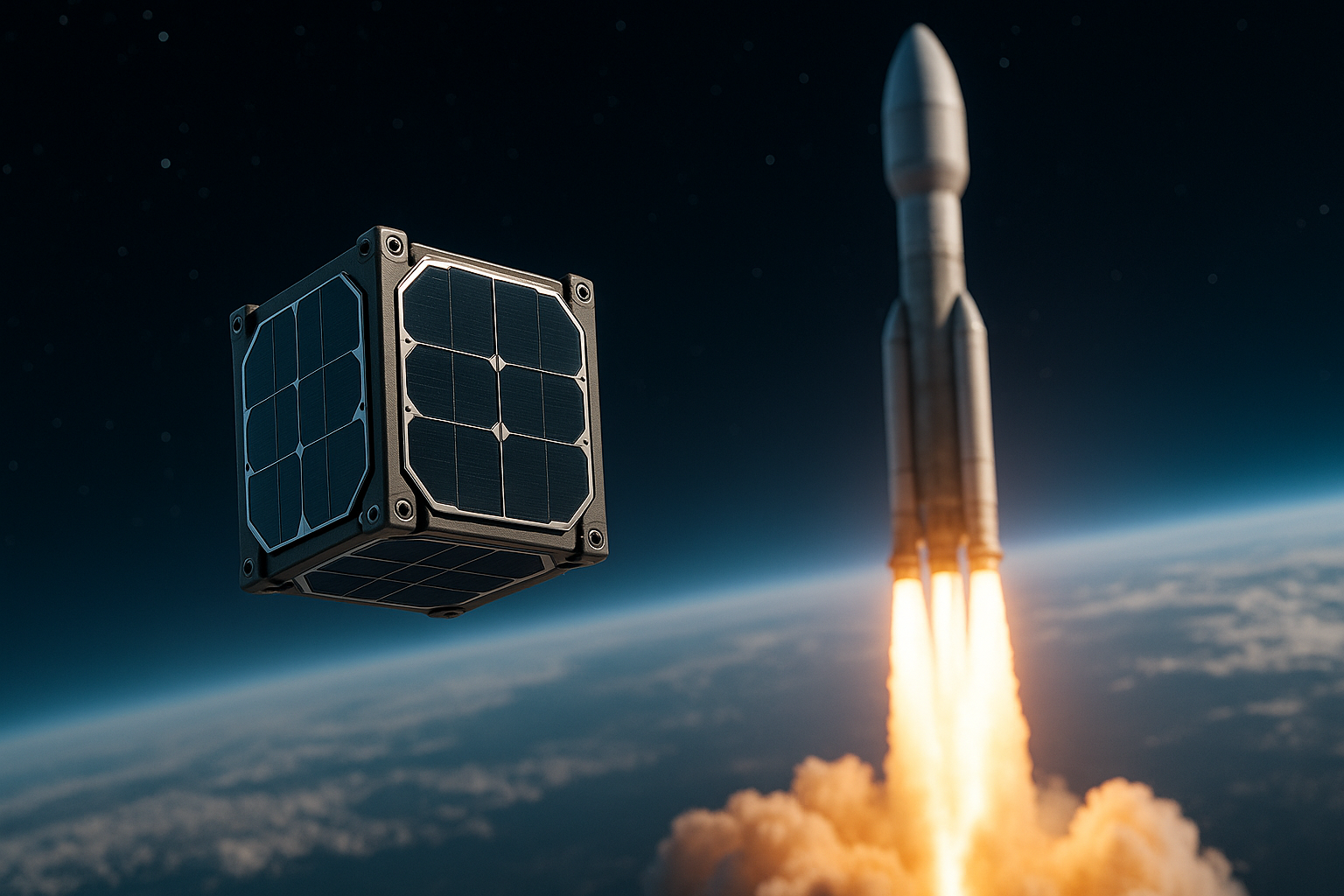The New Age of Miniaturized Satellites: An In-depth Look at CubeSats
In the cosmos of space technology, CubeSats have emerged as a game-changer, democratizing space exploration and research. The revolution brought by these tiny satellites is stirring up the boundaries of what is possible within the confines of our universe.

A Brief History of CubeSats
CubeSats, a type of miniaturized satellites for space research, were first conceptualized in the late 1990s by professors Jordi Puig-Suari of California Polytechnic State University, San Luis Obispo, and Bob Twiggs of Stanford University. The goal was to provide a cost-effective platform for education and research that could be produced with off-the-shelf electronics.
Their small size, typically a 10 cm cube (hence the name CubeSat) and weight of no more than 1.33 kg, allows them to be launched as secondary payloads on larger missions, reducing the cost of getting into space. The first CubeSats were launched in 2003, and since then, these miniature satellites have gained popularity across academia, industry, and government agencies.
The Present Scenario: CubeSats in 2022
Fast forward to 2022, CubeSats are more than just educational tools. They are now used for a plethora of applications, including earth observation, astronomy, and even interplanetary missions. For instance, NASA’s Mars Cube One (MarCO) mission successfully demonstrated that CubeSats could be used in deep space missions.
CubeSats have also opened up opportunities for developing countries to venture into space research without the need for massive resources. This has democratized space research, making it accessible to a broader spectrum of society.
The Impact of CubeSats on the Market
The CubeSat market is projected to grow exponentially in the coming years. According to market research, the CubeSat market was valued at $152 million in 2018 and is expected to grow to $375 million by 2023. This growth is driven by increased investment in space research and the rise of private space companies.
Interestingly, the miniaturization trend in satellite technology has also led to the development of new industries, including companies specializing in the manufacturing of CubeSat components and launch service providers focusing on small satellite launch vehicles.
The Future of CubeSats
The future of CubeSats looks promising. With advancements in technology, CubeSats are expected to undertake more complex missions. Scientists are exploring the possibility of using swarms of CubeSats for more detailed exploration of planets.
Another exciting development is the potential of CubeSats in the field of telecommunication. Companies are already planning to deploy CubeSat constellations to provide global broadband internet coverage.
A New Era of Space Exploration
CubeSats have indeed ushered in a new era of space exploration. By making space research more accessible and affordable, they have democratized the field, allowing more players to contribute to our understanding of the universe. The future of CubeSats is indeed bright, and we can expect to see more innovative applications of these tiny satellites in the coming years.






